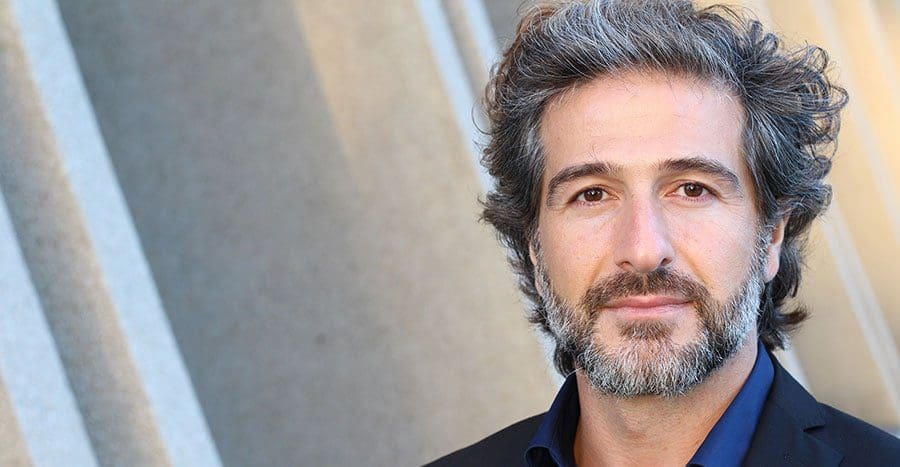What is a Varicocele?
A varicocele occurs when veins in the scrotum become abnormally dilated (varicose). Like varicose veins in the legs, this is commonly due to failure of the one-way valves in the veins that normally prevent the blood from moving in the wrong direction (venous reflux). When the gonadal veins in the abdomen that lead to the veins in the scrotum start the reflux, this is when a varicocele occurs. This is a relatively common condition affecting about 10% of men. When this venous blood is not returned properly from the scrotum, then there are physiologic changes that occur in the testicles due to the retention of heat in the testicle from the increased blood volume surrounding it. This decreases the testicle’s ability to produce sperm and can lead to male infertility. A varicocele may cause no symptoms at all, or it may cause pain, discomfort, and infertility. Varicocele is responsible for up to 40% of infertile couples. About 90% of varicoceles are just on the left side, with the other 10% being right sided or on both sides.
Varicocele Embolization
Traditionally varicoceles have been treated by urologic surgeons (Urologists). A small incision is made just above the scrotum and the vein is then isolated and tied off or clipped. If there is varicocele on each side, then two incisions have to be made.
Recent advances in minimally invasive therapies now allow varicoceles to be treated in a less invasive manner by placing small flexible metallic coils into the vein leading to the varicocele. This is called coil embolization. A small skin nick is made, usually in the right groin, to access the venous system and a small flexible tube called a catheter is directed into the offending vein using fluoroscopy (real-time X-rays). The coils are then delivered through the catheter into the refluxing gonadal veins to prevent further reflux. One advantage of this procedure over an open repair is that if the varicocele is on both sides, then both can be treated through one venous access point. This procedure is just as effective as traditional open varicocele repair, but recovery time and post-procedure discomfort is significantly reduced as compared to the traditional method. There is also no need for general anesthesia. Mild sedation for the procedure is all that is required.
For more information or to request an appointment please call (972) 619-7260
